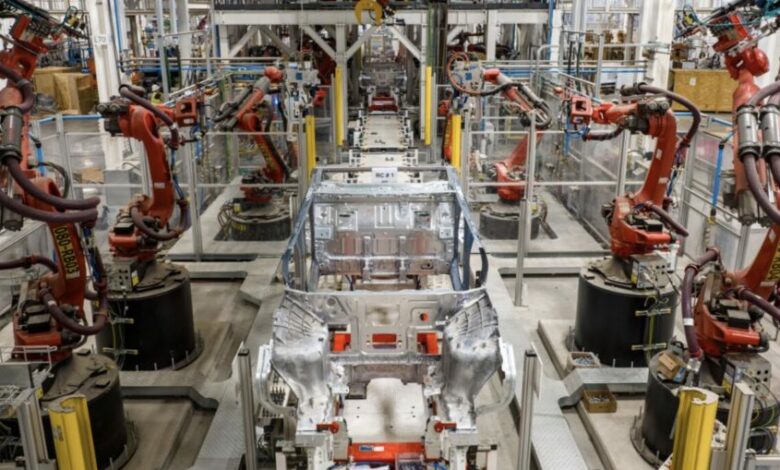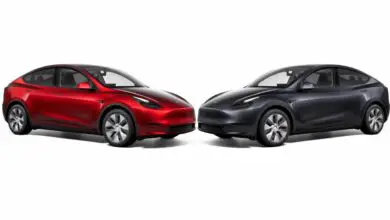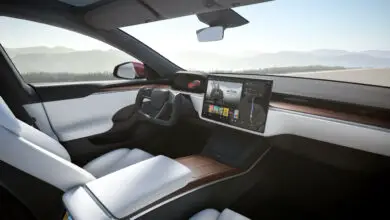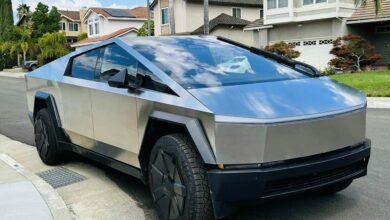Tesla’s Revolutionary Manufacturing Leap: Giga-Casting for Future EVs
Discover Tesla's Bold Move Toward a $25,000 Model and the Cutting-Edge Giga-Casting Technique That's Changing the Game

Tesla, the trailblazer in electric vehicles, is on the brink of a groundbreaking manufacturing revolution, as reported recently. This pioneering process closely resembles the innovative casting technique that initially disrupted the automotive industry by disassembling numerous vehicle parts into smaller components. However, Tesla’s latest endeavor takes the quest for efficient manufacturing to a whole new level.
For several years, Tesla has harnessed the power of casting to streamline production, enhance vehicle engineering, elevate safety standards, and redefine the very essence of car manufacturing. The game-changing Model Y shattered preconceived notions of how cars were constructed, with numerous teardowns revealing significant strides in Tesla’s manufacturing techniques. Yet, a recent Reuters report sheds light on a remarkable development. Drawing from insights provided by “five individuals with knowledge of the matter,” the report unveils Tesla’s ambitious plan to introduce even larger giga-casting machines, boasting a staggering 16,000 tons or more of clamping force.
This ambitious move necessitates not only the acquisition of new machines but also the establishment of sprawling factories capable of accommodating them.
These colossal machines are envisioned to produce a single, substantial frame, uniting the front and rear sections with a central underbody—home to the vehicle’s battery.
Moreover, this design is poised to play a pivotal role in Tesla’s forthcoming $25,000 model:
“According to the sources, a single expansive frame, merging the front and rear sections with the central underbody housing the battery, may find its place in Tesla’s compact EV set to debut with a $25,000 price tag by the mid-2020s.”
To facilitate a seamless manufacturing process that allows for subtle adjustments and tweaks during the design phase, Tesla is steering clear of conventional methods. Large casting structures, while efficient, are considered “prohibitive” due to the associated risks posed by substantial alterations.
Thinking outside the box, Tesla has sought assistance from companies specializing in crafting test molds from industrial sand using cutting-edge 3D printing technology. The primary advantage here is not only the ease of prototype adjustments, achievable within hours, but also the cost savings—merely 3% compared to traditional metal prototypes.
However, there are certain drawbacks to this approach. It may not deliver the same level of crashworthiness that Tesla demands from its vehicles, as aluminum alloys, intended for use in this innovative technique, exhibit different behaviors when paired with sand and metal molds.
Overcoming this challenge, casting specialists have meticulously fine-tuned the cooling process of molten alloys and perfected post-production heat treatments.
According to the report, Tesla has yet to make a final decision regarding the adoption of this technique. The principal hurdle revolves around the necessity for larger factories, a process already in motion with the construction of a facility in Mexico and potential factory developments in India also on the horizon.



